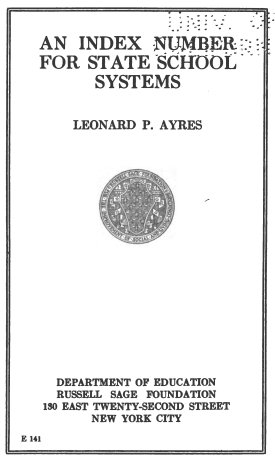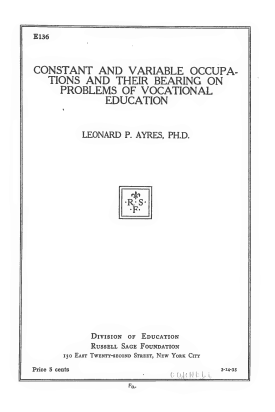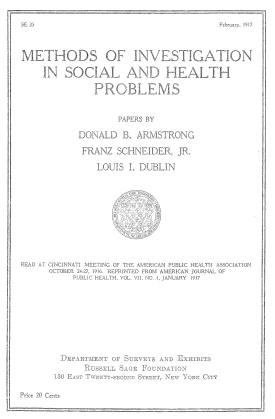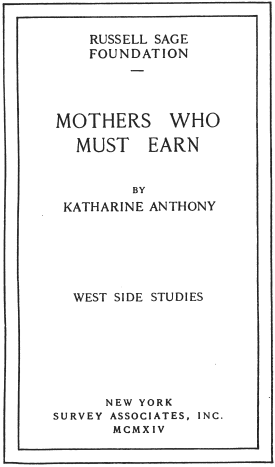A new RSF book by Johns Hopkins sociologist Andrew Cherlin, Labor’s Love Lost, provides an in-depth historical assessment of the rise and fall of working-class families in America. While industrial occupations were once plentiful and sustained middle-class families, they have all but vanished over the past forty years. As Cherlin shows, in their absence, ever-growing numbers of young adults now hold precarious, low-paid jobs with few fringe benefits. Facing such insecure economic prospects, less-educated young adults are increasingly forgoing marriage and are having children within unstable cohabiting relationships. This has created a large marriage gap between them and their more affluent, college-educated peers.
In a review of Labor’s Love Lost for TIME, Belinda Luscombe notes, “What Cherlin finds that this is not the first time that there has been a wide disparity between the marital fortunes of the rich and the poor: the situation looked similar during the last Gilded Age. Inequality in bank accounts and in marital status go hand in hand.” As the graph below shows, marriage disparities widen in times of significant income inequality:

Source: New York Times





